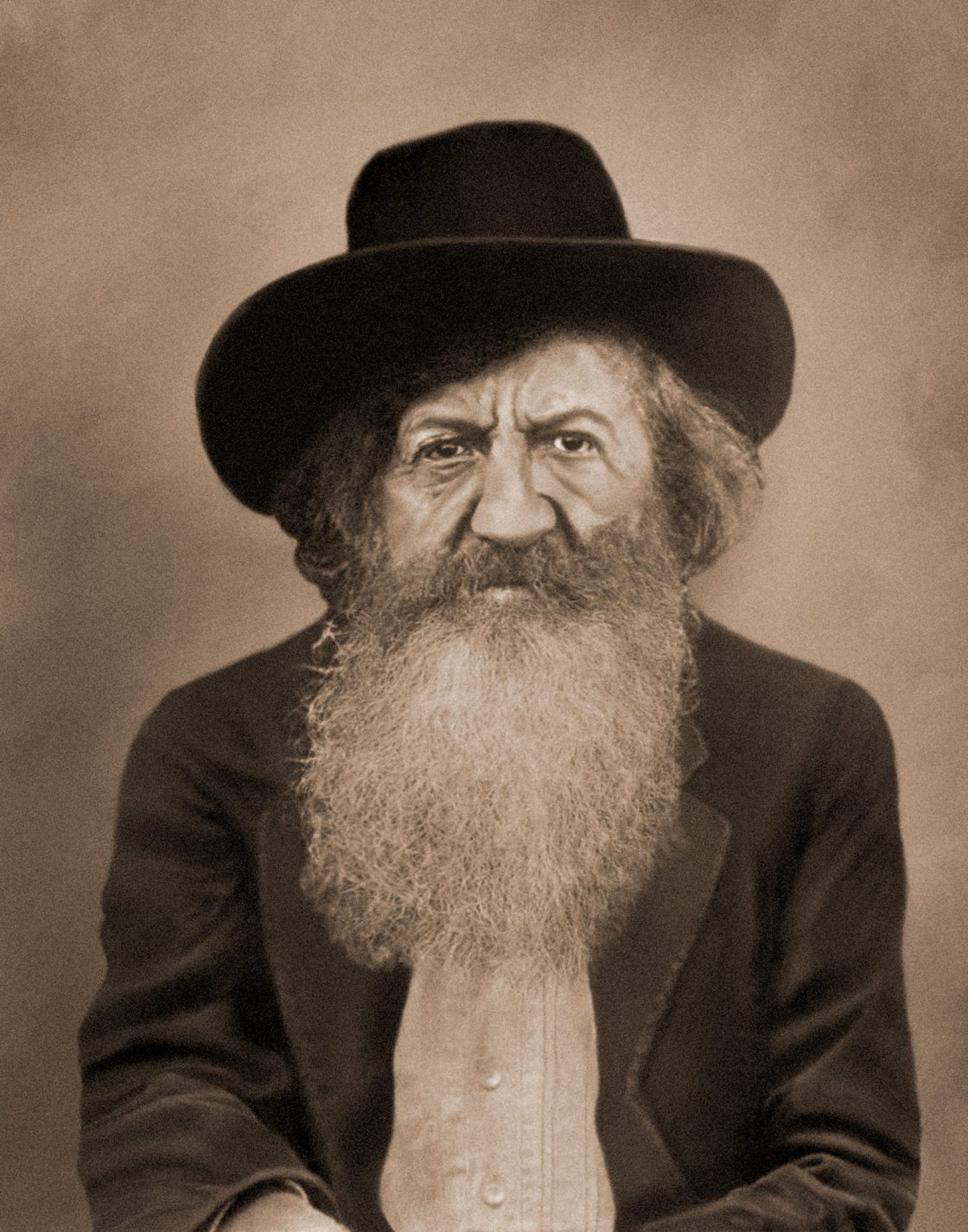You just never know what objects will find their way into my studio! Every day is an adventure and a mystery waiting to be solved!
This man’s image was on a very large button that was brought to me. Unfortunately, It had turned a dreadful shade of yellow. Known as a Celluloid Photo Medallions, this style of button was quite popular from just before the turn of the twentieth century up through the Second World War. People would have them made for special occasions like birthdays, beloved pets, weddings, military service, membership in fraternal organizations and often death.
These Celluloid photo medallions are most often found in round shapes between 6 and 9 inches in diameter. Typically they came with a metal stand on the back or ready to hang on the wall. The back could be almost any metal with some covered in felt. Most of these medallions have no markings to identify the maker; however, a few companies labeled their work – Cruver Manufacturing Company from Chicago, the Columbia Manufacturing Company and the Pin-Lock Medallion Company marked their products.
The customer would choose the photograph and a border. Borders were usually plain but there were also fancy borders too – a scenic or floral motif. The manufacturing was basically the same. The photo and border were then mounted to a sheet of celluloid using heated rollers. Then the covered image and border, covered by celluloid, were placed in a press and the outside edges were crimped over a metal shell that had the easel back. Usually a retaining rim was pressed over the edges to yield the final product.
I had no idea of this man’s name nor did I know that he served his country in the War Between the States when this image was brought into the studio. Because of his beard, I began calling him ‘Van Winkle’. The background was cluttered and distracting. I removed the chair in the background and began to enhance the image. His portrait needed to look more distinguished. His beard was improved, his torso expanded, and a plain background was added. He appears a little more comfortable in the restored image.
What do you think?
The other Celluloid Photo Medallion that I recently worked on came with a ‘fancy’ frame. It was also cracked and falling apart. Parts of the image seemed to be melted. I scanned the button and began the restoration. My customer decided to remove the floral background.
PLEASE REMEMBER…It is best to store celluloid covered photographic objects in a stable, dry, cool atmosphere, and implement preventative measures to avoid careless handling. The celluloid will cause yellowing that cannot be avoided easily.
Please don’t forget to share any of your questions or comments down below. See you next week!





